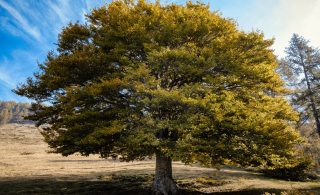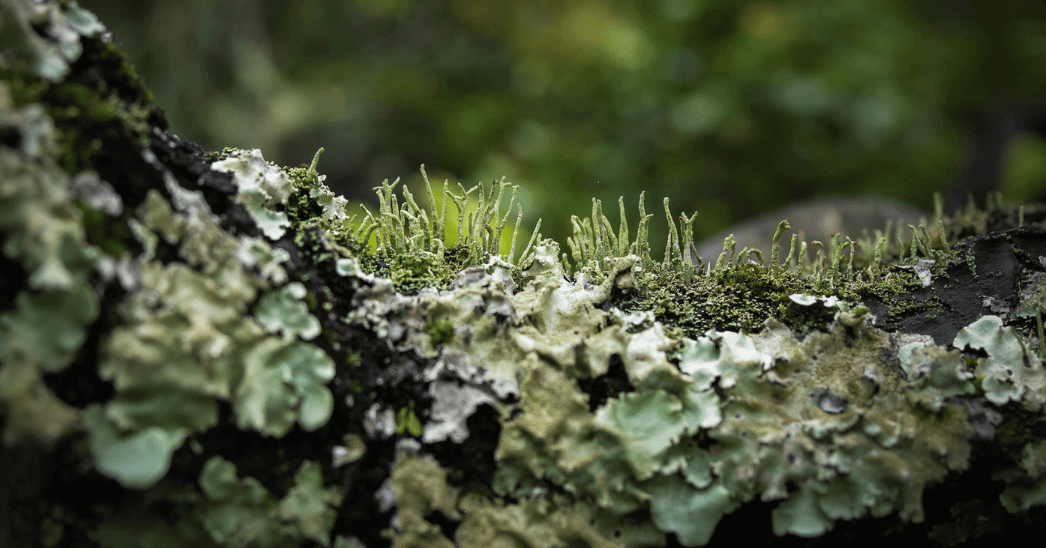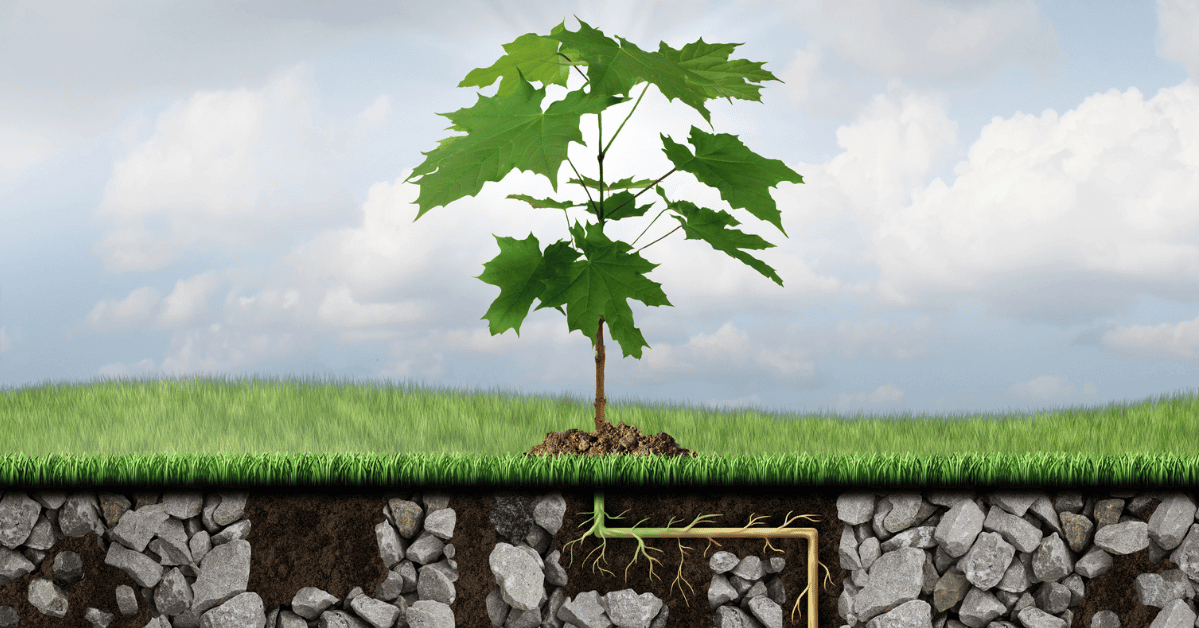Among the myriad of tree species, the elm tree stands out for its distinctive characteristics. In this guide, we'll explore the key features to help you identify an elm tree, highlighting the nuances of leaves, bark, and the common types found in the regions serviced by Strobert Tree Services.
What Does an Elm Tree Look Like?
Elm trees, belonging to the genus Ulmus, are known for their stately appearance and vase-shaped canopy. These deciduous trees can reach impressive heights, with some species soaring up to 100 feet. Identifying an elm tree involves observing various features, starting with its leaves.
Elm Tree Leaves
One of the most distinguishing features of elm trees is their asymmetrical, double-toothed leaves. Elm leaves typically have a serrated edge, creating an uneven appearance along the margins. The leaves are alternately arranged on the branches, forming an elliptical or ovate shape. The size can vary among species, but they generally measure 2 to 5 inches long.
In the spring and summer, elm leaves are a vibrant green, providing ample shade. Come autumn, they transition to a rich palette of yellow, orange, or reddish-brown, creating a stunning display before falling.
Elm Tree Bark
Examining the bark is another crucial step in identifying an elm tree. Elm bark is known for its distinctive texture, which evolves as the tree matures. Young elm trees typically feature smooth, gray bark, gradually developing shallow furrows and ridges as they age. The bark of older elm trees becomes more pronounced, showcasing an interlacing pattern of diamond-shaped furrows.
These bark characteristics, combined with the overall shape and size of the tree, contribute to the comprehensive identification of an elm tree.
3 Common Types of Elm Trees
Elm trees encompass various species, and Strobert Tree Services encounters a diverse range of them in their service regions of Delaware, Pennsylvania, Maryland, and New Jersey. Here are three common types of elm trees found in these areas:
- American Elm (Ulmus americana): Native to North America, the American Elm is a majestic tree with a broad crown and arching branches. Its leaves are double-toothed, and the bark, with its diamond-shaped furrows, becomes more prominent as the tree matures.
- Slippery Elm (Ulmus rubra): Smaller in stature than the American Elm, it is known for its reddish-brown bark with deep furrows. Its leaves are elliptical and serrated, providing a different aesthetic than its larger counterpart.
- Chinese Elm (Ulmus parvifolia): Introduced to the United States as an ornamental tree, it is characterized by its smaller size and exfoliating bark that peels away in patches. The Chinese elm leaves are smaller than the American elms and have a more pronounced serration.
What Does a Dead Elm Tree Look Like?
Identifying a dead elm tree is crucial for prompt removal, preventing potential hazards, and spreading diseases to nearby trees. Signs of a dead elm tree include:
- Leafless Canopy: A dead elm tree will lack foliage even during the growing season, presenting a barren and lifeless appearance.
- Brittle Bark: The bark of a dead elm tree becomes brittle and may start to peel away. This is a clear indication of the tree's declining health.
- Fungal Growth: Dead elm trees are prone to fungal infections, leading to the growth of mushrooms or other fungi on the trunk or around the base.
- Drooping Branches: Dead branches may droop or break off easily, posing a risk of falling and causing damage.
If you suspect a tree on your property is dead or dying, it's essential to consult with tree care professionals like Strobert Tree Services for a thorough assessment and safe removal.
Contact Strobert Tree Services - Leaders in Tree Care
Regarding tree care in Delaware, Pennsylvania, Maryland, and New Jersey, Strobert Tree Services stands out as a trusted leader. With a team of skilled arborists and a commitment to environmental stewardship, Strobert Tree Services provides comprehensive tree care services, from pruning and maintenance to removal and disease management.
If you have questions about elm tree identification, are concerned about the health of your trees, or require professional tree care services, contact Strobert Tree Services. Their expertise and dedication ensure your trees' well-being and property's safety. Reach out to Strobert Tree Services today for a consultation and experience the difference in quality tree care.











